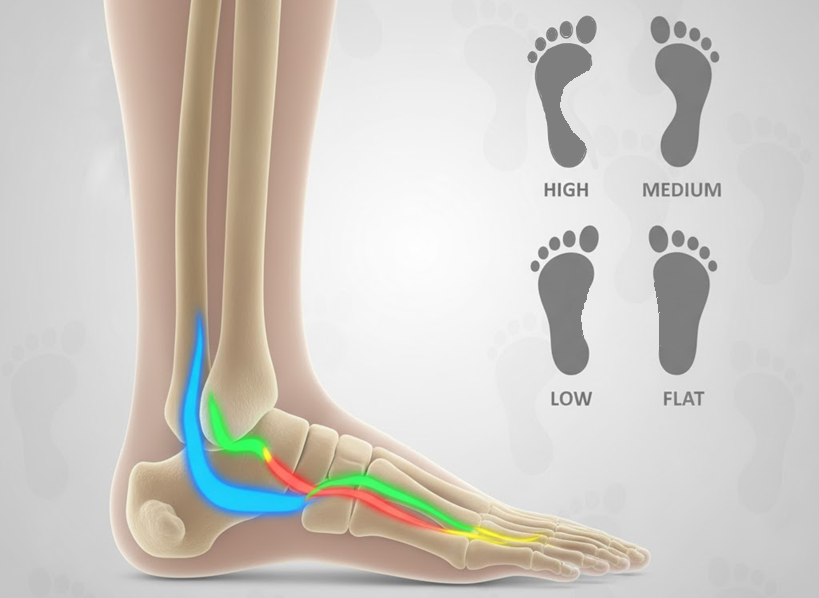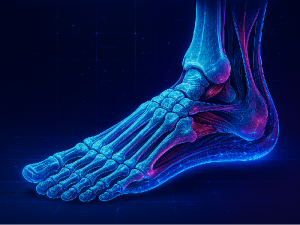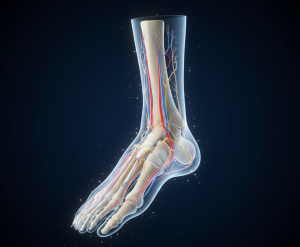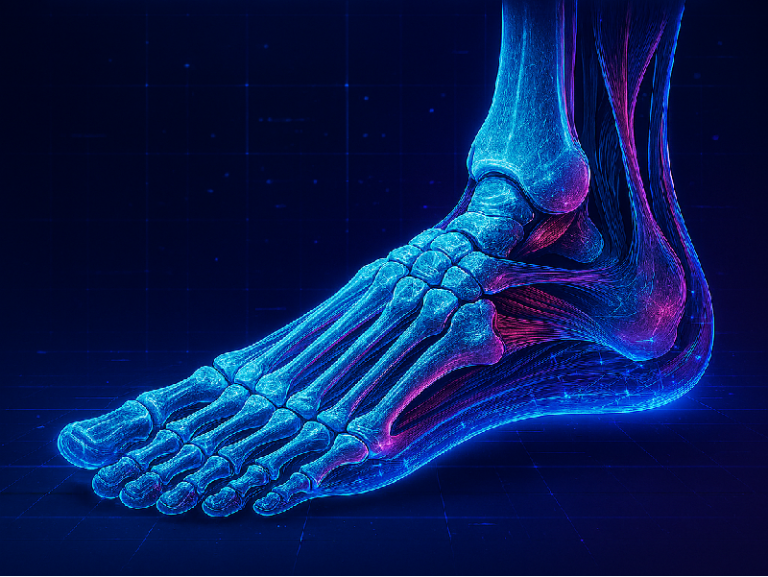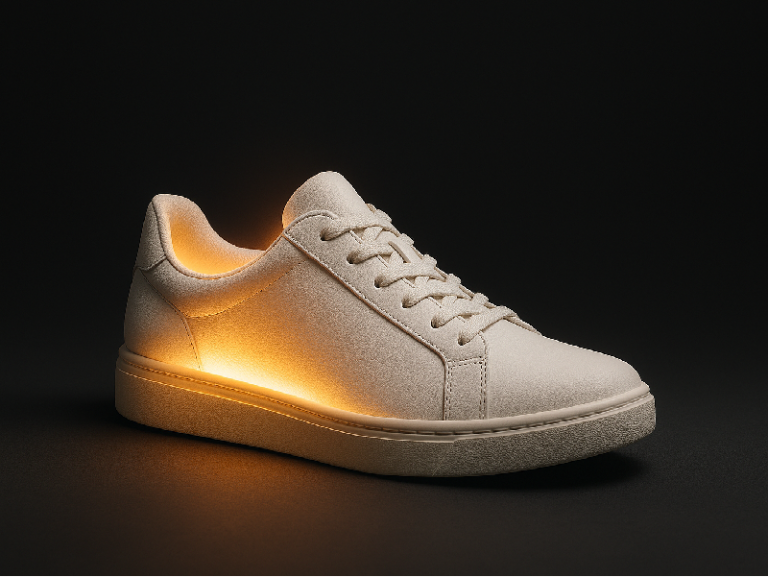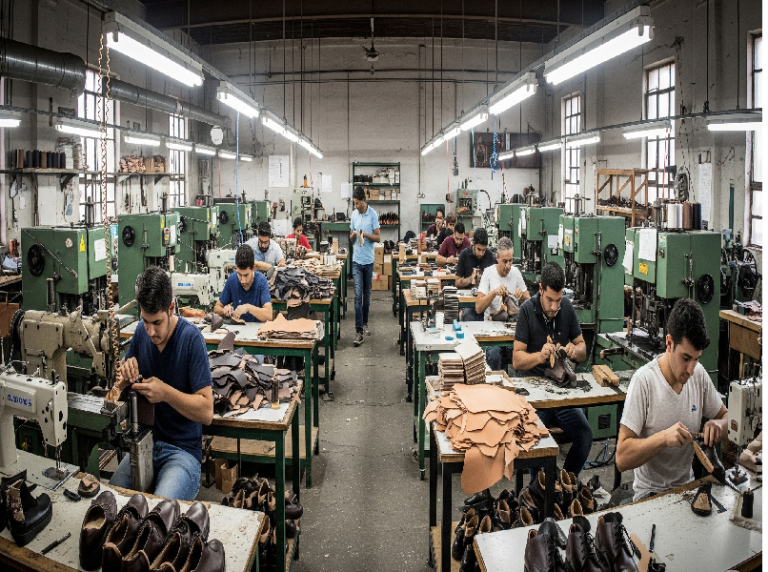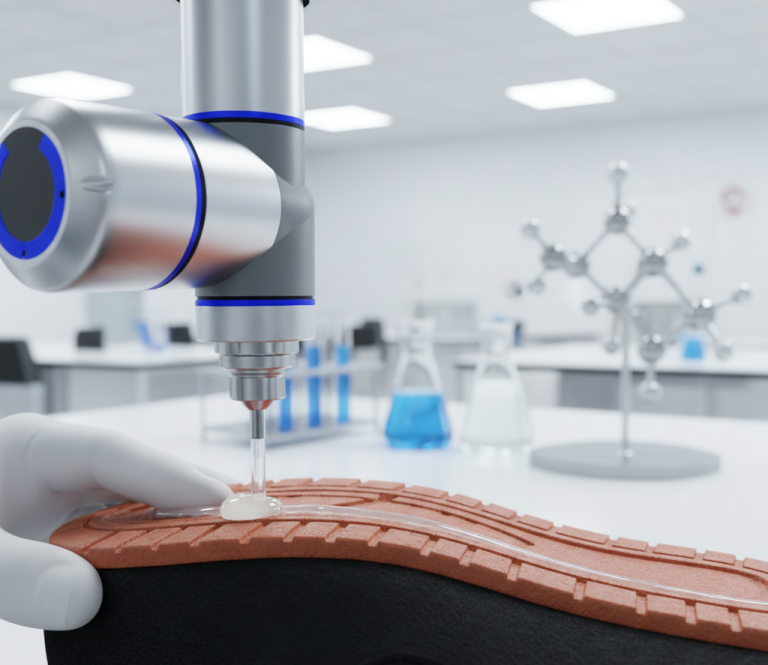Mastering Foot Anatomy: Foot Arches, Skin, Sweat Glands and Foot Types Explained
Continuing our in-depth series on foot anatomy for professional shoe fitting and comfort, Part 1 provided a brief overview of the overall anatomy of the foot, Part 2 delved into muscles and tendons, and Part 3 examined ligaments and nerves. In Part 4, we dive deep into foot arches anatomy (structural shock absorbers), other anatomical parts like sweat glands and skin, and foot types influenced by heredity and toe variations. This builds toward mastering how these elements ensure balance, perspiration control, and personalized shoe selection.
Reading Time: 9 minutes
Introduction to Mastering Foot Arches Anatomy, Skin, Sweat Glands, and Foot Types
Building on our previous blogs—covering overall anatomy of the foot (Part 1), delved into muscles and tendons (Part 2), and examined ligaments and nerves (Part 3)—Part 4 unlocks dynamic structures and variations. The foot arches anatomy functions as natural springs for weight distribution and shock absorption. We’ll detail each arch with visuals. Next, explore sweat glands (thermoregulation) and skin (protective barrier under microscope). Finally, understand foot types—toe lengths, hereditary patterns, and the concept of a “normal” foot. This knowledge is essential for shoe fitters to achieve mastery in comfort and foot health.
Pro Tip: Assess arch type + skin moisture + toe alignment together—this trio predicts most fit issues before they start.
Mastering the Foot Arches Anatomy
A. Overview of Foot Arches Anatomy
The human foot isn’t flat—it’s an engineering marvel with four interconnected arches that provide elasticity, absorb impact, and maintain balance. Though only one is technically a “true” arch, these structures work together to give the foot resilient leverage. Muscles, ligaments, and shock-absorbing tendons enhance elasticity. Without proper foot arches anatomy, walking or running would overload joints.

B. Metatarsal Arch: Forefoot Support
The metatarsal arch (transverse at the ball of the foot) spans the metatarsal heads, distributing forefoot weight and enabling powerful push-off during gait.
Common Issue: Calluses under 2nd/3rd metatarsal heads from dropped arch.
Shoe Fit Fix: Add a metatarsal pad just behind the ball of the foot to redistribute pressure
C. Inner Longitudinal Arch: Primary Shock Absorber
The inner (medial) longitudinal arch runs along the foot’s inside from heel to ball—the highest and most prominent. It forms a long inner shelf of bone, critical for structural integrity.
Warning Signs: Morning heel pain or sharp arch stab → possible plantar fasciitis.
Shoe Fit Rule: Arch support must fully contact the instep—no gap allowed.
D. Outer Longitudinal Arch: Lateral Stability
The outer (lateral) longitudinal arch, lower and flatter, runs from heel to little toe, providing stability on uneven terrain.
Pro Tip: High-arched feet rely heavily on this outer arch—choose cushioned neutral shoes to absorb shock.
E. Transverse Arch: Midfoot Width Control
The transverse arch crosses the midfoot widthwise at the tarsometatarsal joints, maintaining foot shape and preventing splaying under load.
F. Arch Heights and Footprint Analysis
Arch heights vary: high (pronounced curve), medium (balanced), low (minimal curve), flat (collapsed). Footprints reveal this—high shows heel-ball contact only; flat shows full sole.
Pro Tip: Do a wet test at home—step on paper after wetting feet.
Shoe Fit Rule:
– High arch → Cushioned neutral
– Flat arch → Stability/motion control
– Medium → Most shoes work

G. Sustentaculum Tali: Hidden Support Platform
The sustentaculum tali is a small shelf on the calcaneus supporting the talus. It’s a critical anchor for the inner longitudinal arch and overall foot alignment.
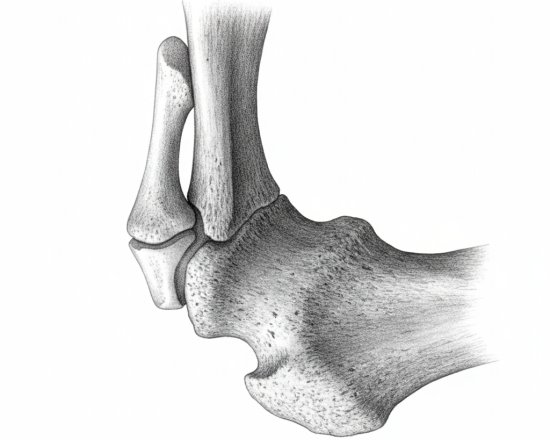
Mastering Foot Skin and Sweat Glands
A. Sweat Glands: Thermoregulation Powerhouse
The sole is packed with sweat glands—a single foot has ~60,000, totaling 120,000 per pair. Each duct is a coiled tube ~1/5 inch long, opening via pores. Feet produce up to half a pint of sweat daily, doubling in heat or activity.
Shoe breathability is critical—poor ventilation leads to moisture buildup and hygiene issues.
Shoe Fit Fix: Choose mesh or leather uppers and moisture-wicking socks; rotate shoes daily to dry fully.
B. Foot Skin: The Body’s Toughest Barrier
Sole skin is 10x thicker than elsewhere, with a robust dermis beneath the shedding epidermis. It acts as an auxiliary breathing organ, regulating temperature and waste elimination via pores.
Tight shoes compress capillaries, forcing excess waste through pores—causing odor and irritation.
Toenails are hardened skin—prone to ingrown issues, often footwear-related.
Warning Signs: Persistent odor, slippery insoles, or fungal growth → poor breathability.
Pro Tip: Pumice + moisturize weekly—keeps thick sole skin healthy and crack-free.
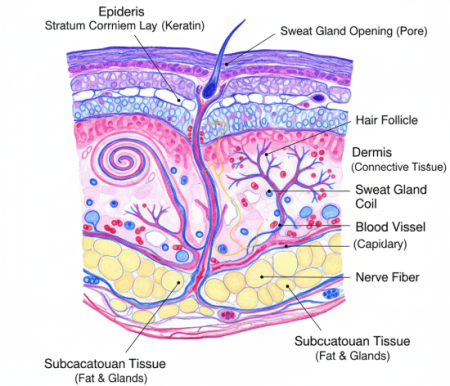
Mastering Foot Types and Heredity
A. Understanding Foot Type Variations
Feet differ in shape, structure, and function. Identical length/width can fit differently due to type. Common labels: flat, fleshy, bony, flare, inflare. Scientific types:
- Ectomorph: tall, slim
- Endomorph: stocky, heavy-boned
- Mesomorph: fleshy, small-boned
Most are combinations.
B. Toe Length Patterns and Shoe Fit
Toe lengths vary:
- Big toe longest
- Second toe longest (Morton’s toe)
- First three equal
These affect pressure distribution and require precise length fitting.
Common Issue: Morton’s toe → callus under 2nd metatarsal.
Shoe Fit Fix: Use a metatarsal pad or rocker sole to reduce forefoot load.

C. Heredity in Foot Types
Foot traits are inherited—arch height, width, stance, and issues like flat feet often run in families.
Pro Tip: Ask about family foot history—it predicts 70% of future problems.
D. What Is a “Normal” Foot?
No universal “normal” foot exists.
- Functionally: Pain-free and efficient
- Structurally: Varies by type
Shoe Fit Rule: Fit the foot in front of you, not a textbook ideal.
Conclusion: Applying Foot Arches Anatomy to Shoe Fit Mastery
Foot arches anatomy provides spring and stability; skin and sweat glands demand breathable, non-compressive shoes; foot types require customized lasts. One-size-fits-all fails when heredity shapes structure.
Mastering these elements ensures shoes support natural biomechanics, allow skin breathing, and match inherited traits—preventing blisters, calluses, and fatigue.
Next Blog: Part 5 – Infant vs. Adult Feet + Bursae, Calluses & Corns
Note : AI-generated anatomical visualization. Color coding and layering are enhanced for educational purposes.

